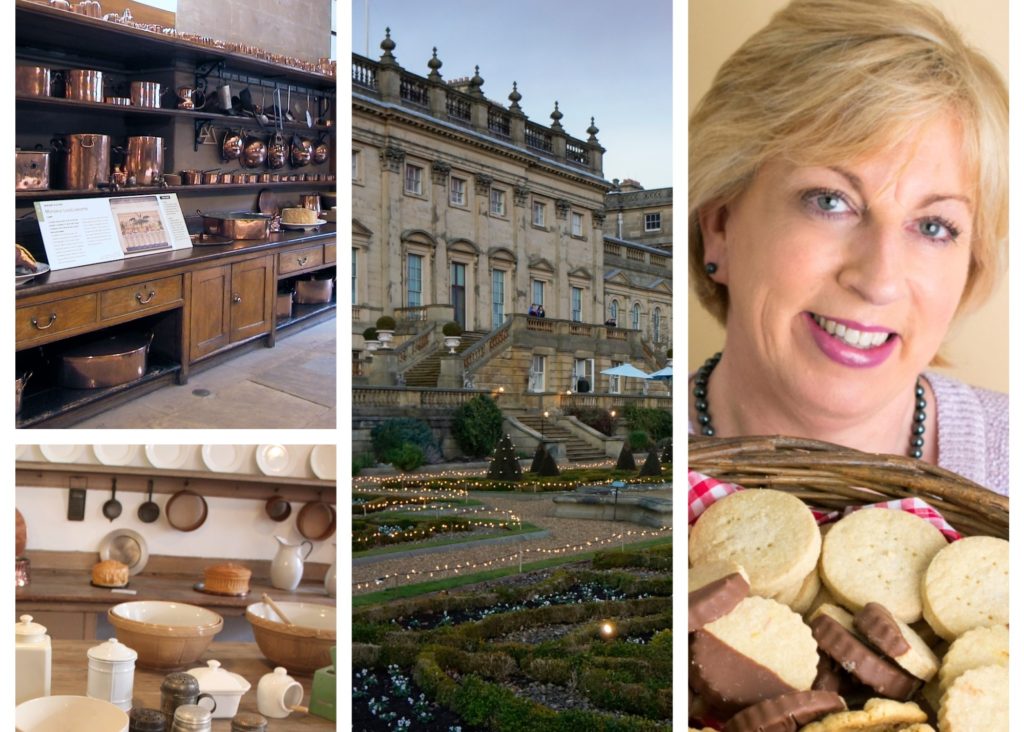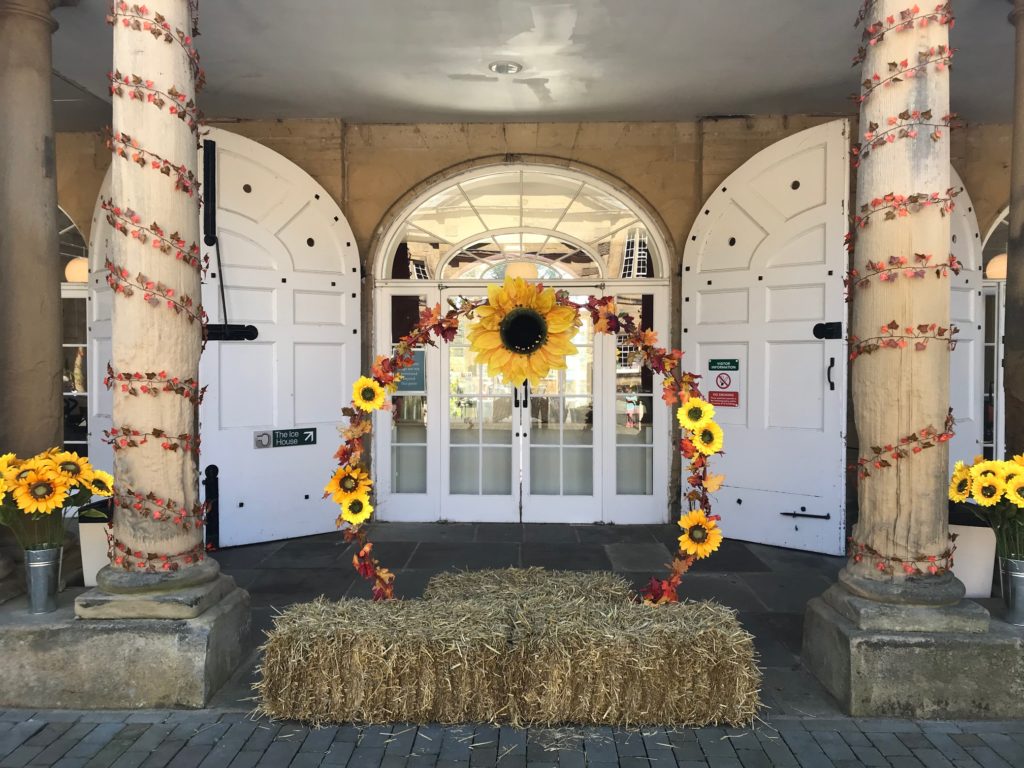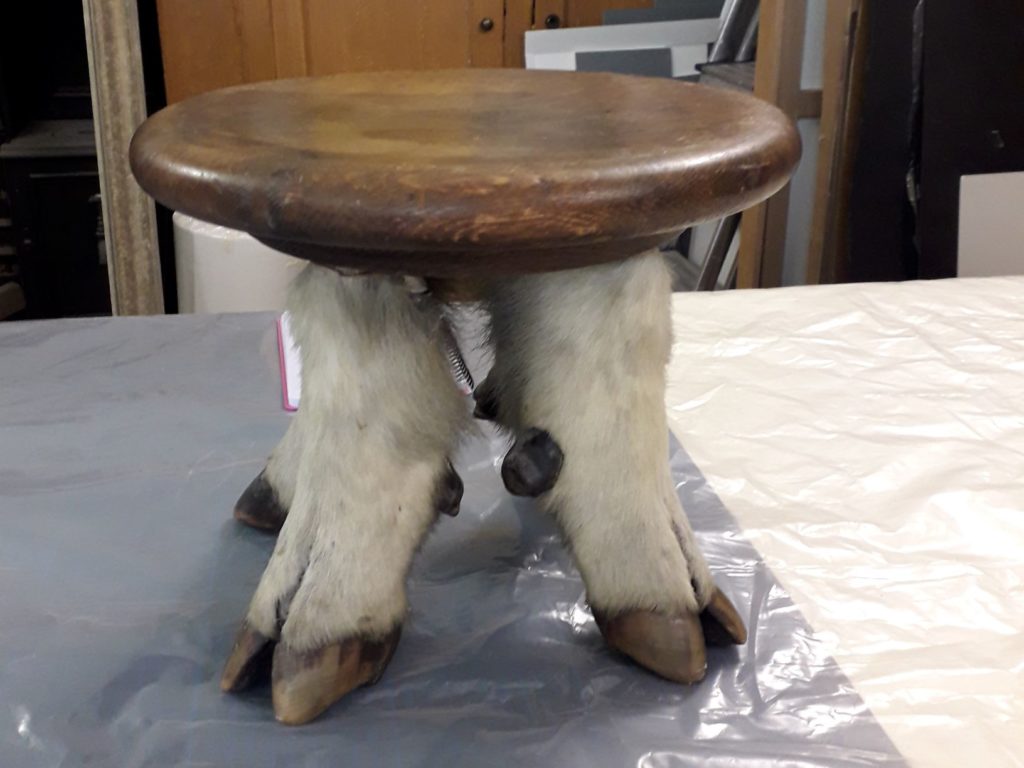 Autumn Glory and half term will be celebrated next week, including a guest chef appearance in the Below Stairs Kitchen from former Great British Bake-Off contestant, and Yorkshire champion, Sandie Docherty.
Autumn Glory and half term will be celebrated next week, including a guest chef appearance in the Below Stairs Kitchen from former Great British Bake-Off contestant, and Yorkshire champion, Sandie Docherty.
We asked Sandy what five things she loves about autumn…
1. What’s your favourite dish to cook in autumn and why?
I think my favourite dish for Autumn has to be Pie, made in advance and cooked to perfection. That warm inviting crust can be served with veg, salad or chips or let’s face it, eaten by itself. All fillings can have pastry wrapped round them. Pie can make the unattractive look fabulous. Pastry after all is the culinary equivalent to Lycra!!
2. What 3 ingredients can you not live without during autumn?
3 ingredients I cannot live without during autumn would be; flour, eggs and butter. This means on those chilly autumn days baking can happen and that’s a good thing.
3. Fireside chats in woolly socks or blow the cobwebs away walks in muddy boots – what’s your preference?
Fireside chats or good walks, can I choose both? One good walk is surely followed by cosy fireside chats.?
4. What are you going to be cooking at Harewood for half term?
I thought a sticky Ginger sponge as it is very seasonal and easy to make, no decorations are needed and it’s fabulous with custard. While its baking I thought I’d make some light fluffy buttermilk pancakes, something that can be made over the holidays with the children.
5. Why cook and bake?
I know we have to cook to feed our families, but there is also another reason. In this mad world, time is moving fast and we don’t always know what our successes look like. We need to remember that we are successful and that our successes come in small quick fix pieces, such as a tray of scones.
Sandy will be at Harewood demonstrating cooking on Tuesday 29 October, from 1-3pm.
Follow us on social media @HarewoodHouse to keep up to date with news and stories.



